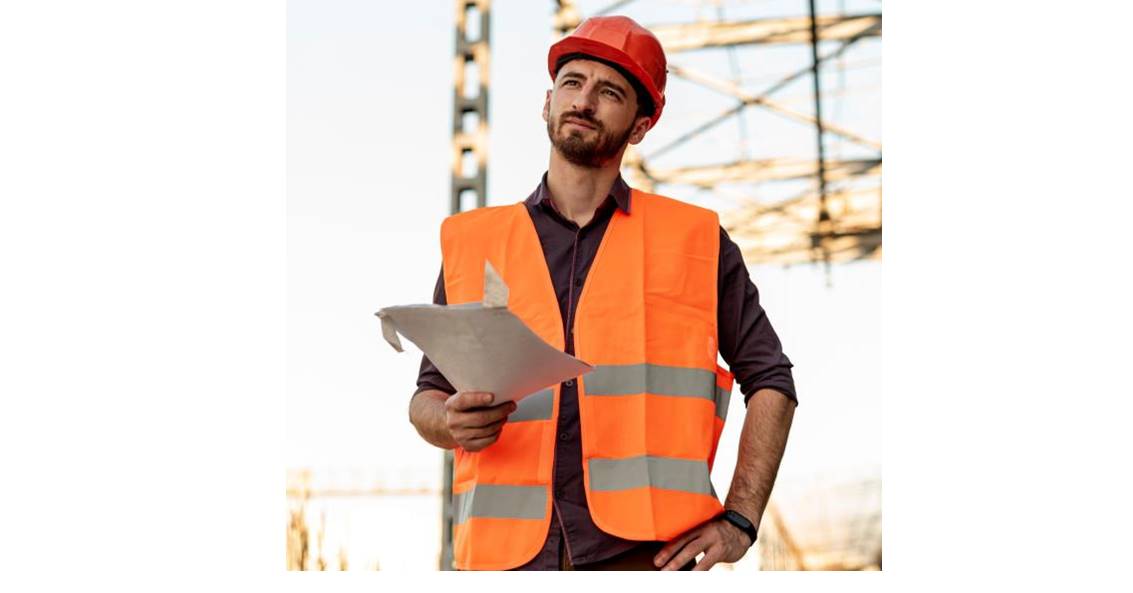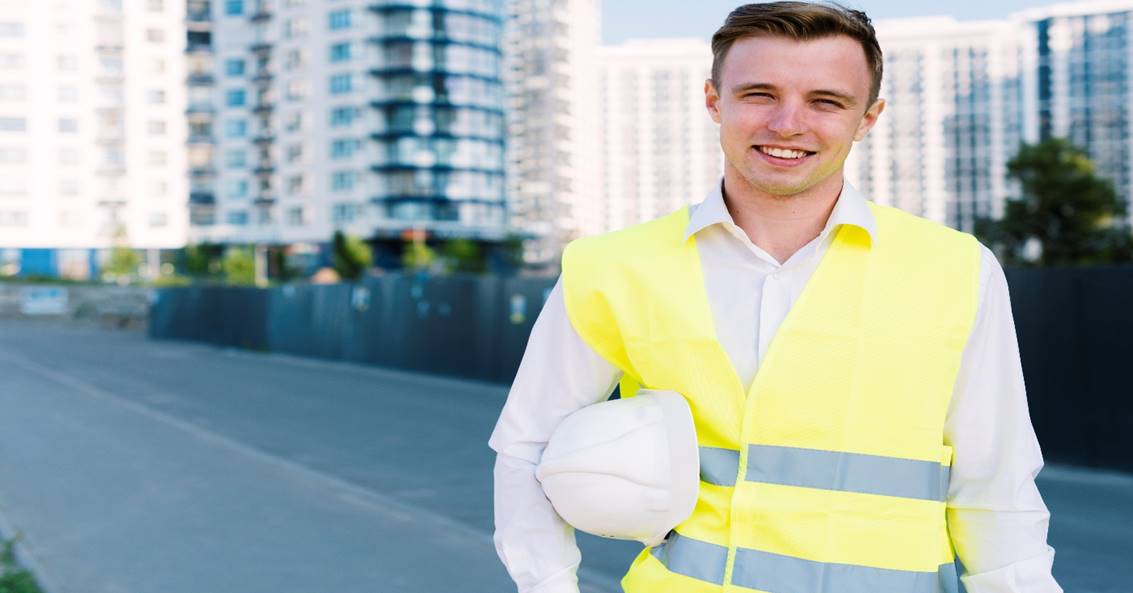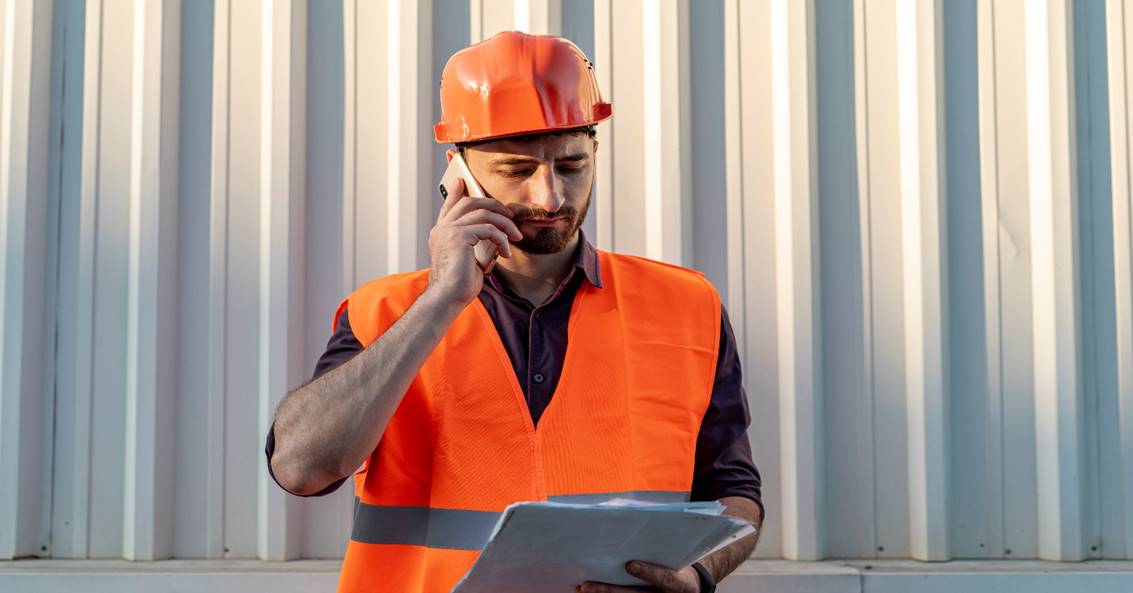Safety is the most important aspect when it comes to run an organization, factory, or any workplace. Yes, you read it right; if you love your employees or team, you must put effort into their safety within the workplace. Jobs that involve high risk need to pay more attention to this as compared to normal businesses.
The most important thing we can do is, improve safety and ensure the visibility of people who work in hazardous environment. Safety wears such as hi viz reflective work shirts, helmets, gloves, and many other things can be used to protect people from any risk. It is important to take necessary and protective actions for improving the visibility of employees for the risk-free work zone. To do so, you can ask them to wear safety vests. It can protect them from injuries and accidents.
Industries which require safety vests-
Many industries require the safety gears and vets for their employees. Based on the risk involved, we can categorize these industries for mandatory safety gear usage.

- Warehouses with forklifts
Warehouses are extremely busy areas where product shifting takes place by forklifts. These forklifts are extremely dangerous for the people who work in dark areas, or on the floor of the warehouse.
To promote safety and ensure a safe workplace, it is highly important to make everyone properly visible to each other. And, this can be easily achieved by making them wear safety vests.
- Maintenance department
This department also falls into the category where safety is a prime concern. Here, wearing a safety vest is highly important. This department works in many dangerous areas such as roadside, near to electrical equipment, loud equipment, and dark environment.
- Shipping Dock-
Shipping and receiving dock is a very busy and dangerous areas. On the dock area, many vehicles move to upload the goods, including big forklifts and cranes. In these areas, wearing a safety vest is extremely important. These safety vests help to keep everyone visible even in the night at the time of shipment upload and unload.
- Industrial Vehicles-
People who work in this industry need to wear safety vests. It is extremely important for all the people who drive these carzily heavy machines.
The people who are working on the ground are more prone to accidents as heavy vehicle drivers can’t see them from the inside of the cabin. Safety vests make every driver as well as ground staff visible so that they can stay safe and avoid any accident.
What is ANSI / ISEA 107-2015?
ANSI is a private and non- profit organization that oversees the standard of the safety products in the USA. To maintain the quality and standard of these safety gears, this authority has been established. This authority is called “American National Standard for high visibility safety apparel and accessories “ANSI.
ANSI / ISEA 107-2015 was established to define key performance and evaluation metrics for materials. This authority sets some conditions for the used background, retroreflective and other materials. ANSI /ISEA categorizes three performance classes of the garments based on the design and material quality. Followings are the types-
- Off-road (type-O)
- Roadway & traffic control (type R)
- Public safety activities (type P)
Types of Safety Vests-
Safety vests are very important for people who work in high-risk areas. These vests improve the visibility of all pedestrians, workers, and other people who work in high-risk areas. There are three types of these safety vests based on their specification and category of the work area.

Class 1 Category Safety Vests-
Those who work under the low impact areas, they are supposed to wear Class 1 safety vest. These vests are used where the traffic speed is 25 mph. These vests are designed with yellow and orange colors as per the ANSI standards. Class 1 vests are used by-
- Parking attendants
- Drivers for delivery company
- Roadside assistants
To fulfill the standards, these vests are designed with 2-inch thick reflective tape or with 9.39 linear feet of 1 3/8 inch tape. There should be a reflective tape strip above the waist area of the safety vest.
Class 2 Category Safety Vests-
Class 2 Safety vests are designed to provide maximum safety for those who work in less visible areas and medium traffic. These vests are more useful for the following work areas-
- Baggage handlers at the airport
- Ground staff at the airport
- Parking attendants in crowded and big areas
- Police officers
These vests are designed with 201 sq. inches of good quality reflective tape. Reflective tape should cover the waist and shoulder area of the safety vest. This safety vest comes with 8.373 linear feet of 2- inch tape.
Class 3 Category Safety Vests-
Last but not least, class 3 safety vests are designed for the areas with heavy traffic and high risk. These vests are ideal for heavy machinery or vehicle operators, including the ground staff. Accident-prone and hazardous areas come under this category. Work areas where we use class 3 safety vests are as follows-
- Onsite accident investigator or responder
- Medical or EMS people
- Railway ground staff
- The flagging crew on any site
Class 3 vests are designed with 310 inches of reflective tape made with 2 inches in diameter. This vest is made 12.92 linear feet long, and thickness should be 2 inches. These safety vests come with additional coverage for arms and legs.
Difference between class 2 and class 3 safety vest
Major differences between Class 2 and Class 3 vests are as follows-
- Class 2 vests are designed with 201 Sq. inch of reflective tape, but Class 3 vests are designed with 310 Sq. inch of reflective tape.
- Class 2 vests contain 8.3 linear feet of 2-inch tape, whereas Class 3 vests are developed with 12.92 linear feet tape.
- Class 2 vests can be used for ground staff and parking attendants. At the same time, Class 3 vests are useful for the people who work in EMS, Railway, or high-risk areas.
These are the basic differences between Class 2, and Class 3 safety vests. You can choose safety vests according to your work area, and safety requirements. All the safety vests are designed with the standards and guidelines from ANSI / ISEA 107-2015. Use these reflective work shirts and keep your team safe from any dangerous situation.
Wear safety vests and stay safe.
